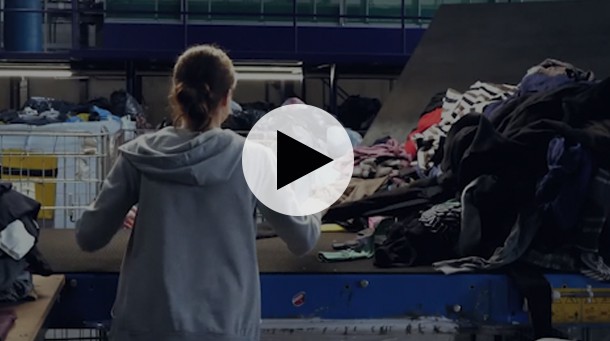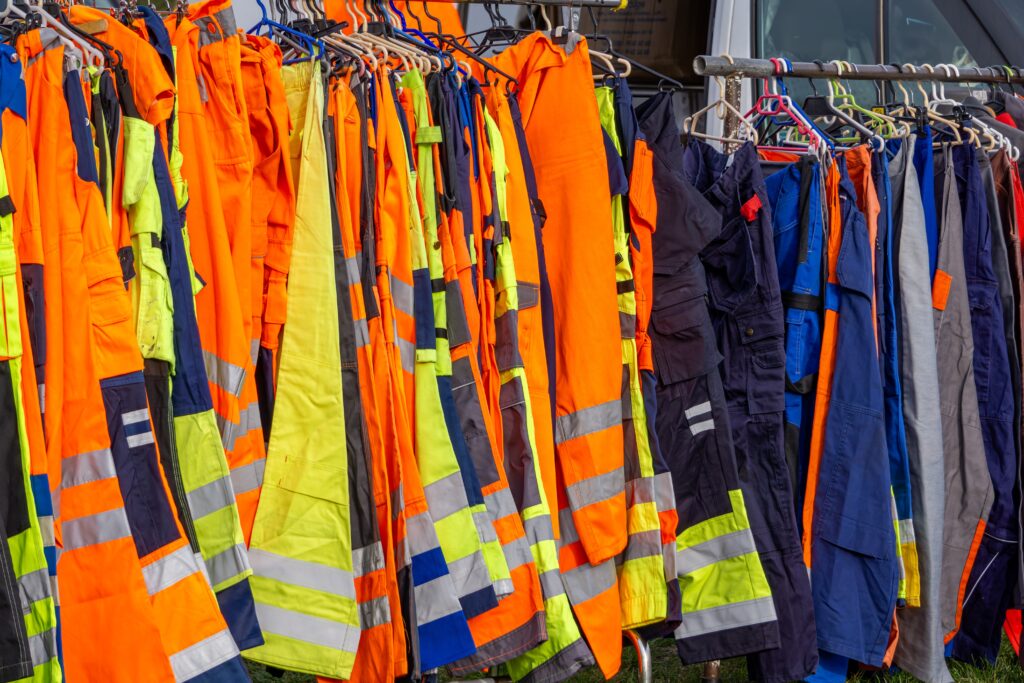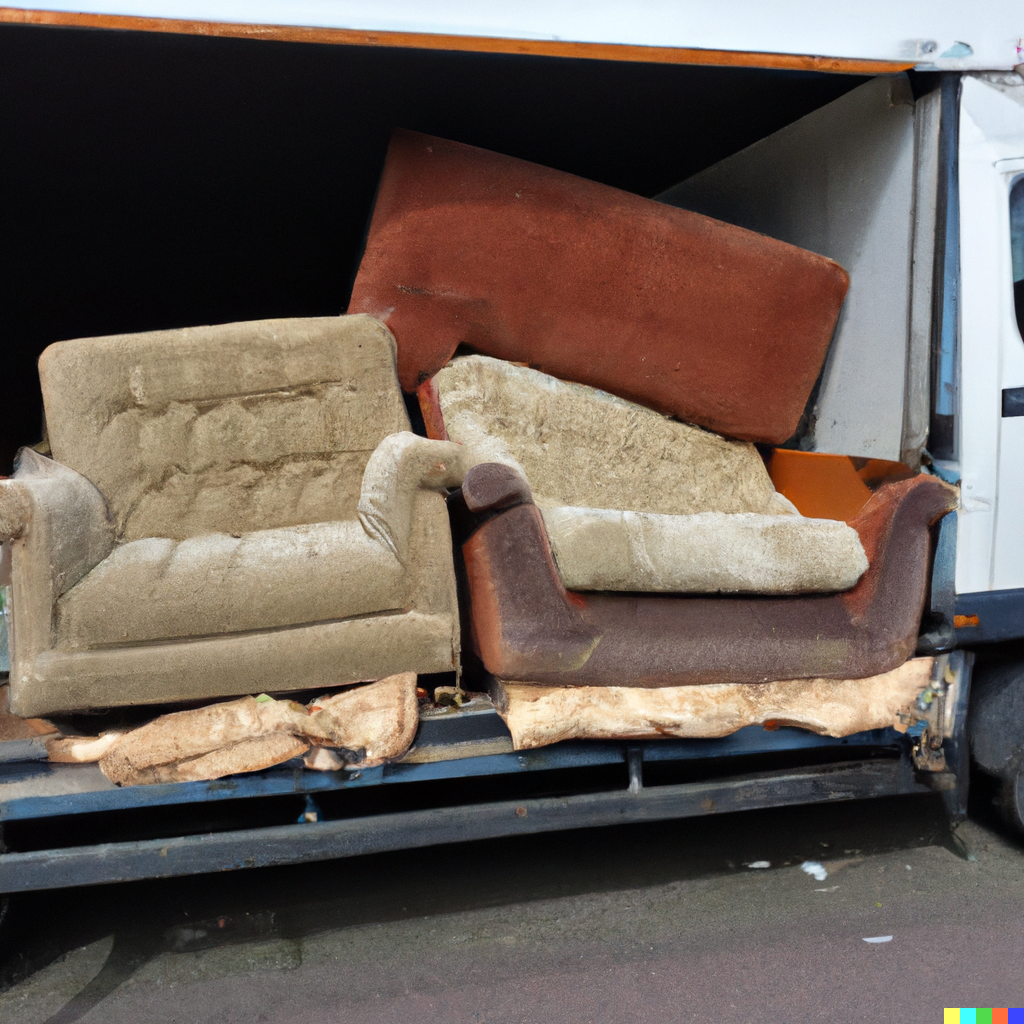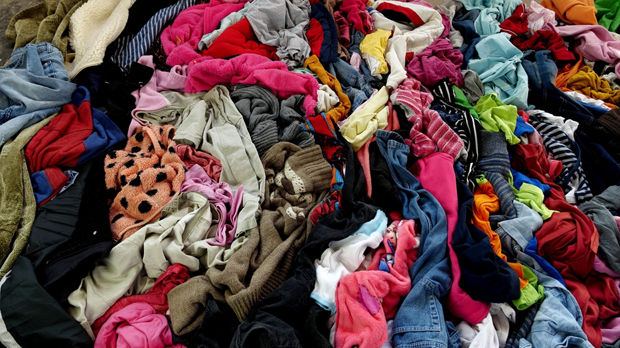The Fibersort machine sees a load of used clothing loaded into a machine, which then moves the material across a conveyor belt, while the technology then separates each material using compressed air to blow it off the belt into a basket below.
A video report on the Fibersort machine, featuring an interview with Alan Wheeler, director of the Textiles Recycling Association
The creators say this can process materials at a rate of one item per second. Studies have suggested that a human, who may need to check labels for materials, does this at approximately one item every six seconds.
Funding
It has received a total of €1.95 million in funding from the European Union, with an overall budget of €3.53 million raised. It is hoped that with increased sorting quality, increased demand will also follow.
A company statement said: “Once sorted, waste textiles become reliable, consistent input materials for textile recyclers. High value recycling technologies can transition low value waste into new, high value textiles and they are a critical link in the circular supply chain. Therefore, Fibersort is a key technology that will enable textile resources to cycle repeatedly through the supply chain.”
However, while the machine does have some benefits with regards to time, there are some downsides. For example, materials that are wet can be difficult or impossible for the machine to detect at this stage, which may equate to about 40% of material which passes through.
It is hoped however, that increased sorting at a quicker pace can in the long term reduce overall costs while also increasing demand.
Related links
Fibersort









Subscribe for free